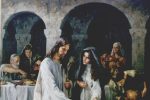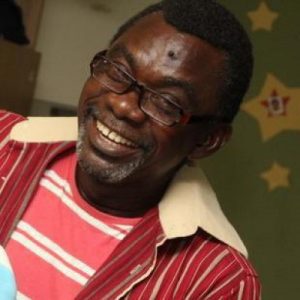CATHOLICISM AND MARY (IV)
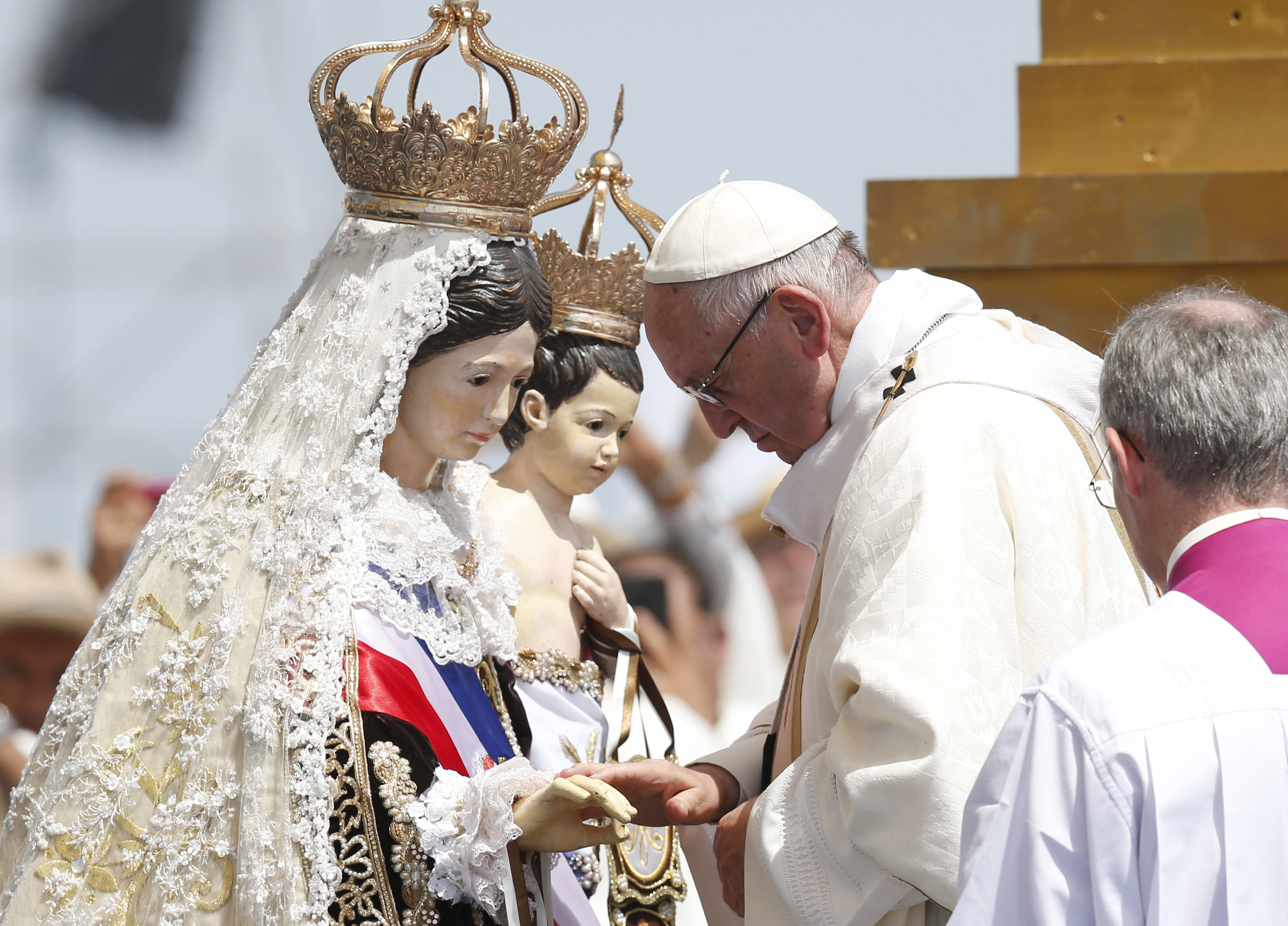
Pope Frances supports the adoration of Mary & the Jesus they refuse to get weaned
(…continued from part three…)
IV. “But ye are they that forsake the LORD, that forget my holy mountain, that prepare a table for that troop, and that furnish the drink offering unto that number” [Isaiah 65:11].
Jamieson, Fausset & Brown’s Commentary on Isaiah 65:11
holy mountain*—Moriah, on which the temple was.
troop*—rather “Gad,” the Babylonian god of fortune, the planet Jupiter, answering to Baal or Bel; the Arabs called it “the Greater Good Fortune”; and the planet Venus answering to Meni, “the Lesser Good Fortune” [GESENIUS, KIMCHI, c.]. Tables were laid out for their idols with all kinds of viands, and a cup containing a mixture of wine and honey, in Egypt especially, on the last day of the year [JEROME].
*drink offering—rather, “mixed drink.”
*number*—rather, “Meni” as goddess of fortune she was thought to _number_ the fates of men. VITRINGA understands Gad to be the sun; Meni the moon, or Ashtaroth or Astarte (1Ki 11:33).
“But ye have borne the tabernacle of your Moloch and Chiun your images, the star of your god, which ye made to yourselves” [Amo 5:26].

John Gill’s Commentary on Amos 5:26
‘But ye have borne the tabernacle of your Moloch,…. The god of the Ammonites; called theirs, because they also worshipped it, and caused their seed to pass through the fire to it; and which was carried by them in a shrine, or portable tent or chapel. Or it may be rendered, “but ye have borne Siccuth your king” p; and so Siccuth may be taken for the name of an idol, as it is by Jarchi, Kimchi, and Ben Melech, to whom they gave the title of king, as another idol went by the name of the queen of heaven; perhaps by one was meant the sun, and by the other the moon;
and Chiun, your images; Moloch or Siccuth was one, and Chiun another image, or rather the same; and this the same with Chevan, which in the Arabic and Persic languages is the name of Saturn, as Aben Ezra and Kimchi say; and is so rendered by Montanus here; and who in the Egyptian tongue was called Revan, or Rephan, or Remphan; as by the Septuagint here, and in Ac 7:43;
the star of your god, which ye made to yourselves; or the star “your god” q; meaning the same with Chiun or Saturn; perhaps the same with the star that fell from the air or sky, mentioned by Sanchoniatho r; which Astarte, the wife of Chronus or Saturn, is said to take and consecrate in Tyre; this they made for themselves, and worshipped as a deity. The Targum is, “ye have borne the tabernacle of your priests, Chiun your image, the star your God, which ye have made to yourselves.”
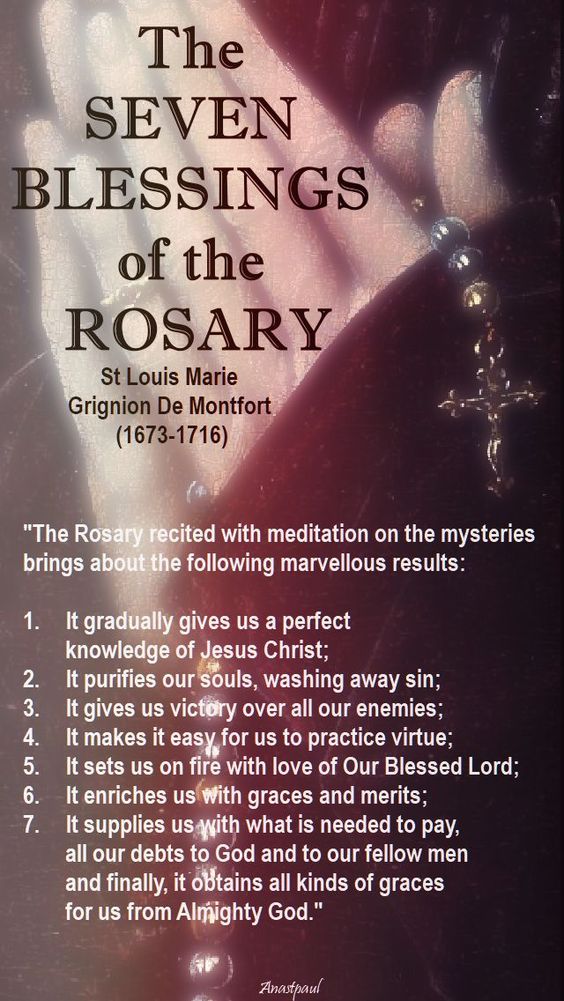
Marian epithets of Catholicism were never handed down to Catholic fathers. These epithetic Mariolatry are the scriptural paradoxicalities of Romish rumination. They are not Pauline, Peterine or Johannine. They have no backing of the twelve-pillared Apostolic offices of the upper-room event (ten days after Christ’s ascension) of nascent Church. They crept in from outside the Church of the Living Jesus. It probably began with St. Irenaeus of Lyons, in the second century A.D. He called Mary the “second Eve” because through Mary and her willing acceptance of God’s choice, God undid the harm that was done through Eve’s choice to eat the forbidden fruit. The earliest recorded prayer to Mary is the sub tuum praesidium (“Beneath Thy Protection”), a hymn of Catholicism. It is the oldest preserved extant hymn to the Blessed Virgin Mary as Theotokos. In the First Council of Nicaea which took place in the year 325 AD they agreed on the virgin birth of Jesus. The outcome of the First Council made it quite easy for the Mary of Catholicism to become the mother of God in the First Council of Ephesus of 431. Saint Ambrose’s view of Mary as the Mother of the Church, was adopted at the Second Vatican Council. This is an example that shows the early influence of Roman Catholic (and never of the twelve called Apostles of Jesus) traditions and views on Mary in modern times. This view was then emphasized by Pope John Paul II in 1997. Mary, today, is viewed as the Mother of the Church by many Catholics, as Ambrose had proposed.
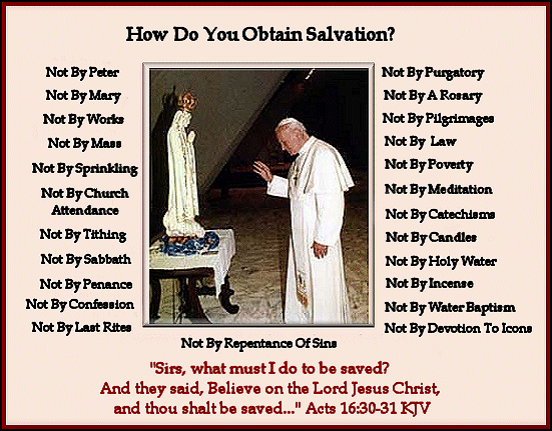
Is this not Pope John Paul II? Is this a latria bow or not? Is it to Jesus or Mary?
The Fourth Ecumenical Council saw Roman Catholic, Eastern Orthodox, Oriental Orthodox, Lutheran and Anglican affirming the title Mother of God, while other Christian denominations give no such title to her. The ‘Middle Ages,’ as documented, saw a growth and development of Mariology. Conception of Mary was celebrated as a liturgical feast in England from the 9th century, and the doctrine of her “holy” or “immaculate” conception was first formulated in a tract by Eadmer, companion and biographer of the better-known St. Anselm, Archbishop of Canterbury (1033–1109). St. Thomas Aquinas and St. Bonaventure, for example, believed that Mary was completely free from sin, but that she was not given this grace at the instant of her conception.
(…to be continued…)
NB= I’d very much love to read your candid contributions. Thank you!
Read part three here
Read the 5th part here
Visits: 76

